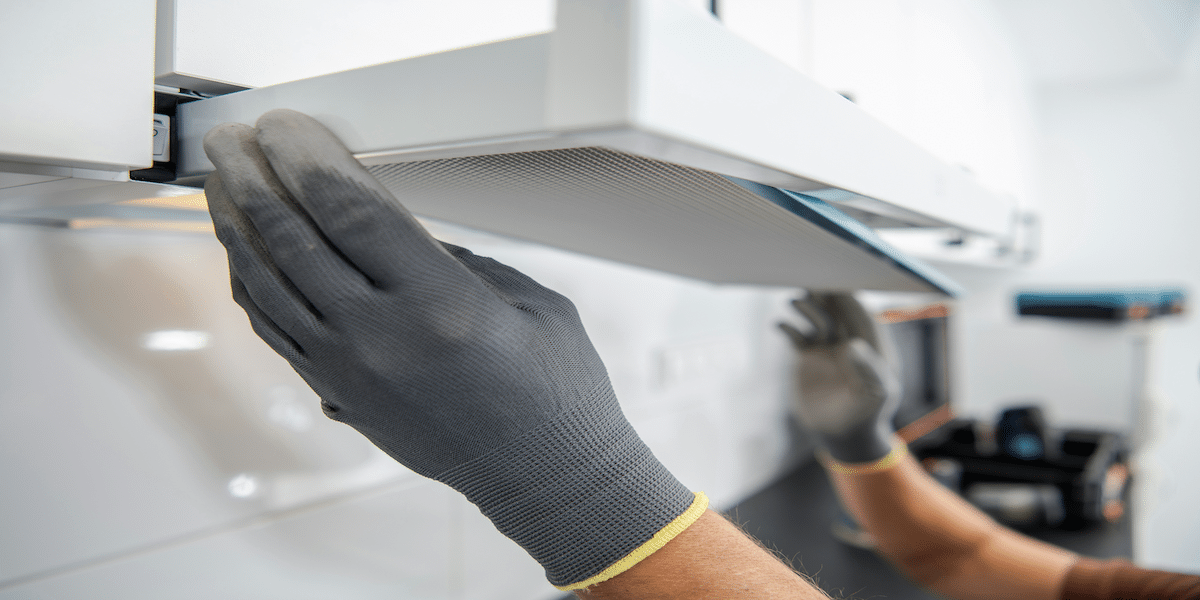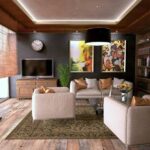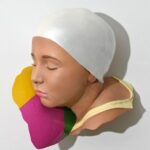Image Commercially Licensed From: Unsplash
The cooker hood is an indispensable attribute of a modern kitchen. It is responsible for removing contaminated air from the kitchen. Unpleasant odors, cooking fumes and grease are all extracted through the exhaust vent to the outside. And the room is left with fresh, clean air. But sometimes, there comes a point when the unit stops functioning properly. This manifests itself in a decrease in the rate of airflow, which is emitted into the environment. In this case, you should contact an Appliance Repair Expert in Montreal.
Why doesn’t my kitchen hood vent the air?
Obviously, two main factors cause the unsatisfactory operation of a kitchen hood: either the exhaust ventilation ducts are clogged, or the appliance is not being operated correctly. The ventilation system must maintain normal, natural airflow for the appliance to work properly. Then fan operation only increases the rate of air exchange in the kitchen, which helps to clear the air masses during cooking quickly. If the ventilation duct is clogged and not functioning well or has very poor airflow, you need to take steps to clean it. In a private home, you can do this yourself.
Why is the hood not letting air in? The answer to this question is self-evident. Most likely, it’s not being used properly. According to the manual, the charcoal filter should be replaced every six months. The grease filter should be cleaned every three weeks. If it is disposable, it should be replaced. In this case, you should thoroughly wash the hood grill where the filter is installed.
Do not forget about the rules for using the appliance. For example, the hood should be turned on in advance before turning on the stove and turned off at least 15 minutes after the end of the cooking process. Then, it has time to remove all the unpleasant odors. When the stove is running, the appliance must also be on; otherwise, the hot air and steam can damage it. It is forbidden to operate the appliance on burners with an open flame.
It happens that the hood starts working backward. The air is not removed from the kitchen but instead is drawn in from the ventilation shaft. The problem, in this case, is most likely due to improper installation of the equipment or excessive sealing of the kitchen space.
The main types of breakdowns and their causes
Whatever model of the hood is installed in your kitchen, the types of malfunctions, as well as their causes, are very similar to each other. Therefore, we can summarize the possible negative factors that can disable devices:
The hood vibrates and makes an incomprehensible noise. There are several possible reasons:
- Factory defect or substandard assembly;
- Filters or ventilation ducts are clogged. As a result, the fan does not have enough power to push the air through, which causes a characteristic hum;
- The installation of the equipment was carried out with violations. This can be insufficient sealing of joints, changes in the diameter of the duct, too large an angle of bending corrugated hose;
- The diameter of the exhaust air manifold does not correspond to the declared power of the device.
The device spontaneously turns on. Such problems are most often the result of dirt and high temperatures. At the same time, it is observed:
- malfunction of electronics;
- sticking buttons;
- The contact group is short-circuited due to moisture and dirt in the remote control.
Weak traction. Among the reasons that lead to poor air absorption, the following can be noted:
- dirty filters;
- impermeability of grease traps;
- clogging of the ventilation shaft and air ducts;
- insufficiency or lack of natural ventilation.
The device does not turn on. In other words, there is a suspicion that it is out of order. The reasons for this may be:
- lack of mains power;
- the hood switch or plug is broken;
- a break in the internal wiring;
- fuse blown;
- electric motor failure.
The backlight does not light up, but everything else works: the light bulb burned out. Control panel malfunction and inability to switch motor speeds:
- burnout of contacts;
- slider button dropout;
The start capacitor has failed.



















